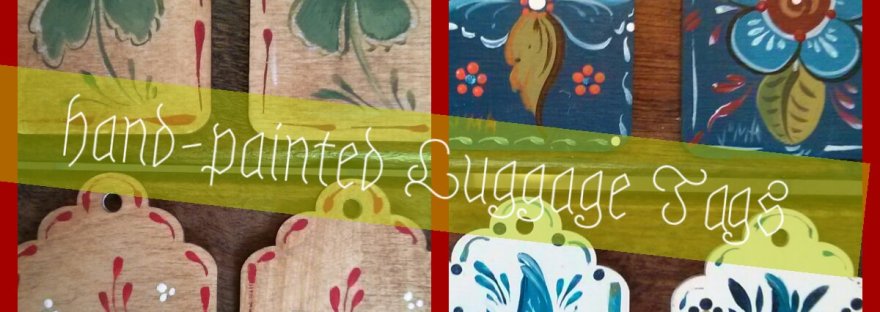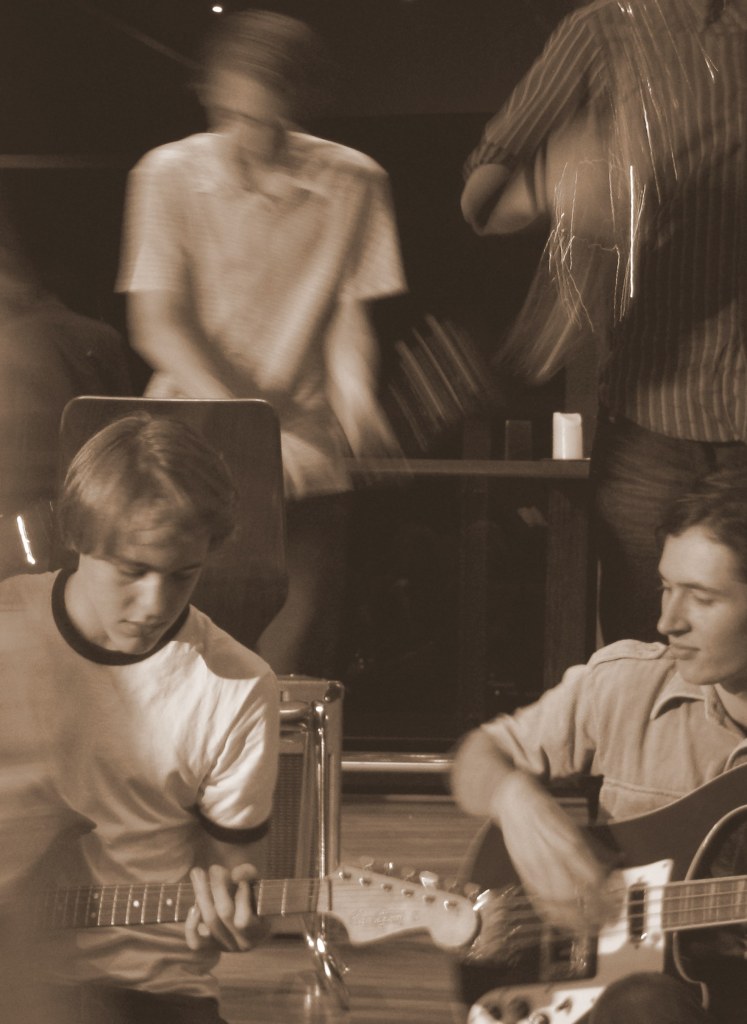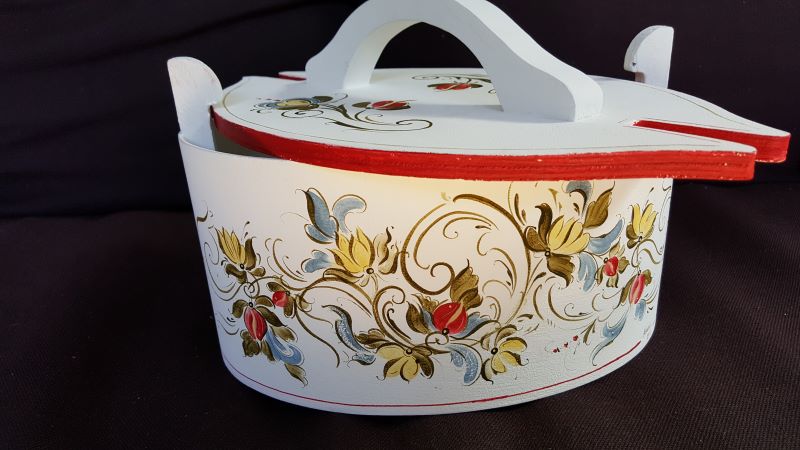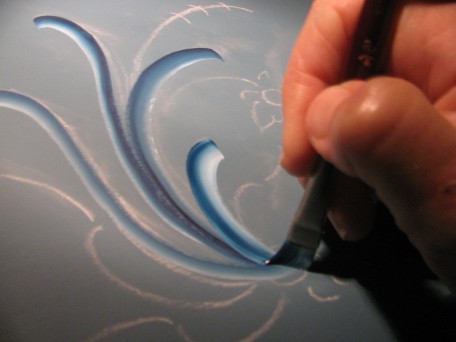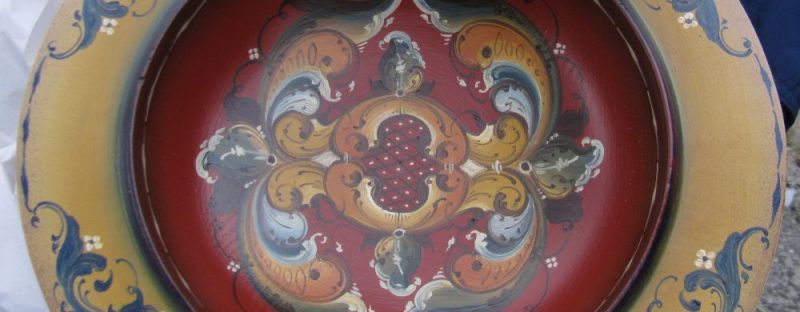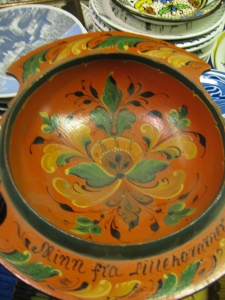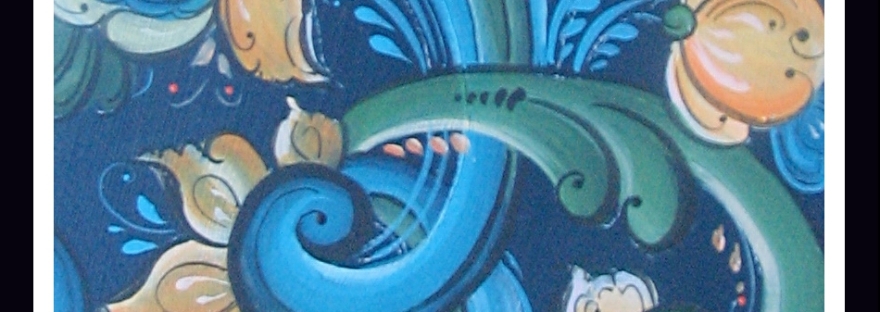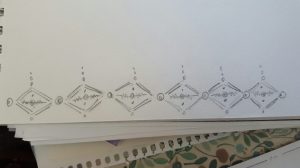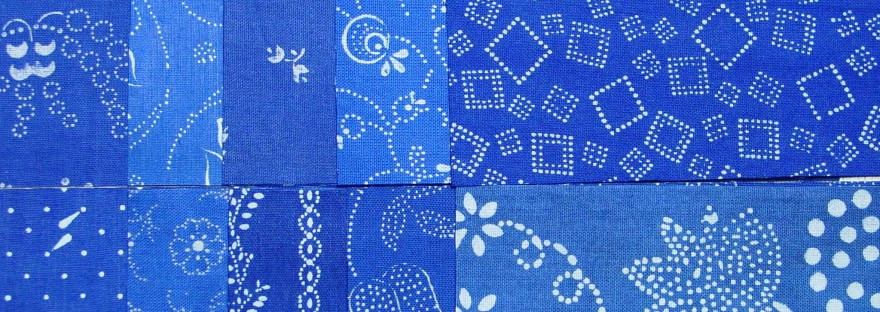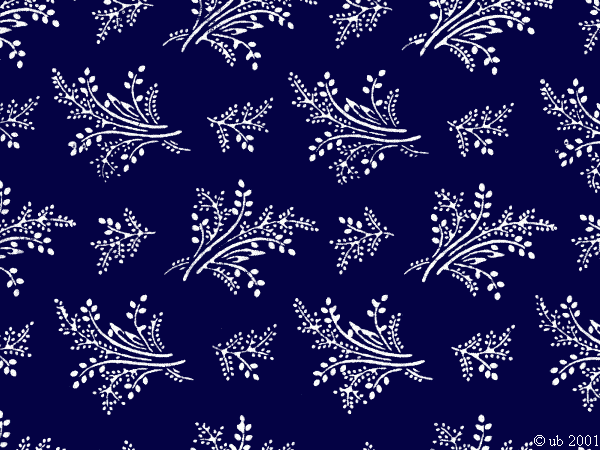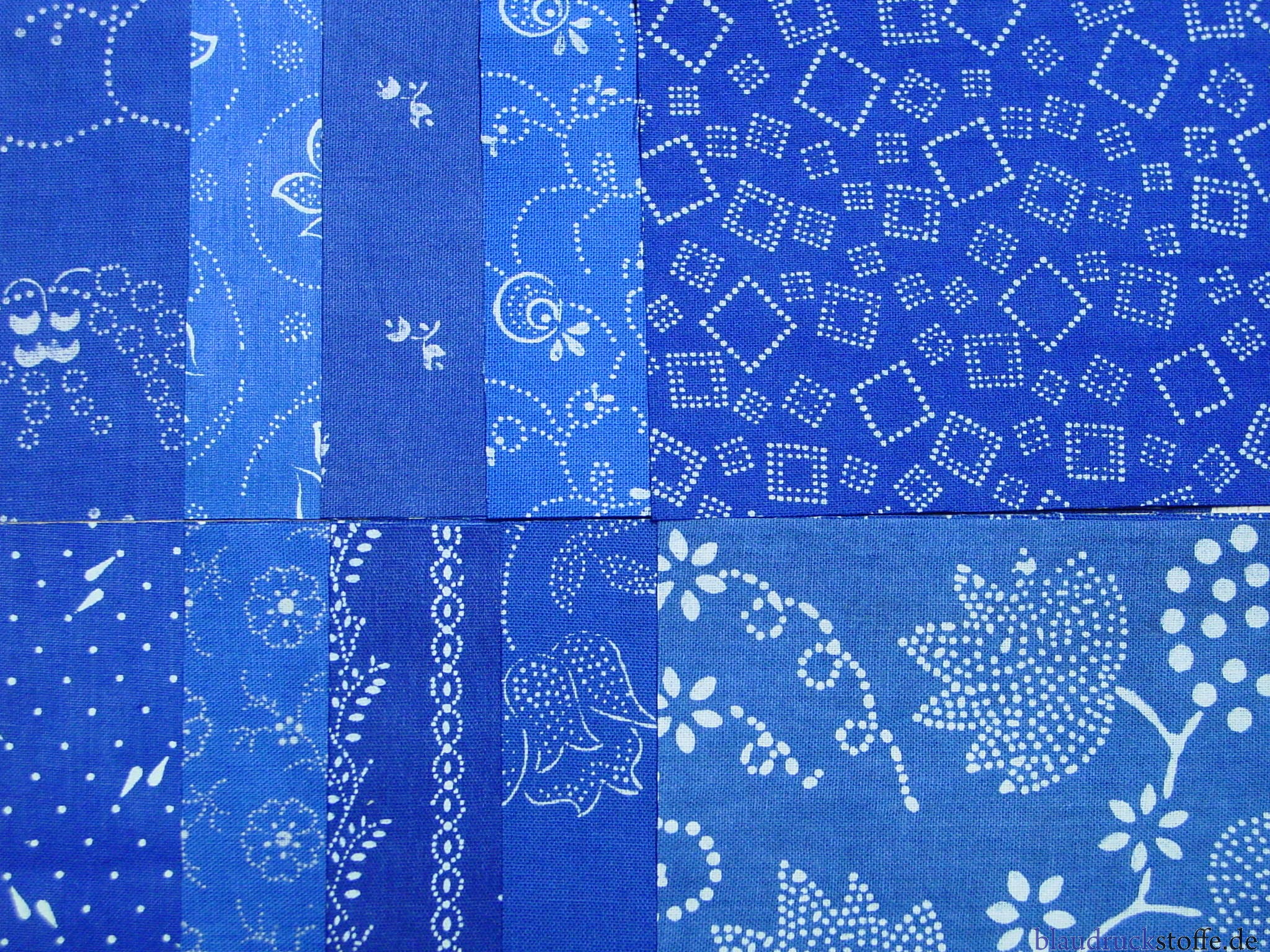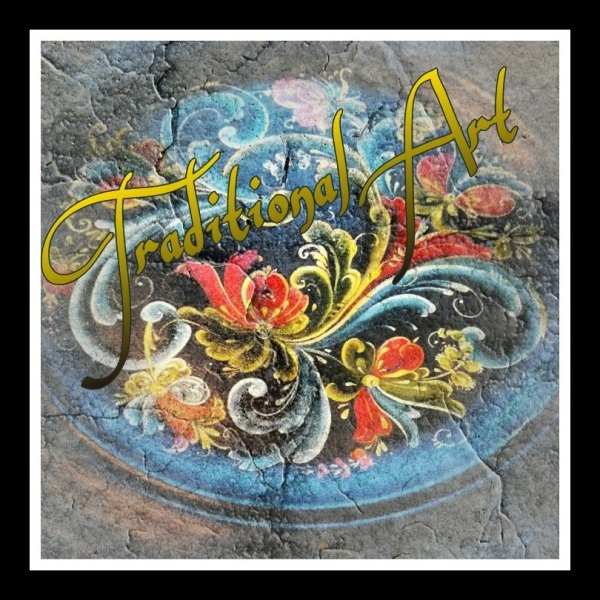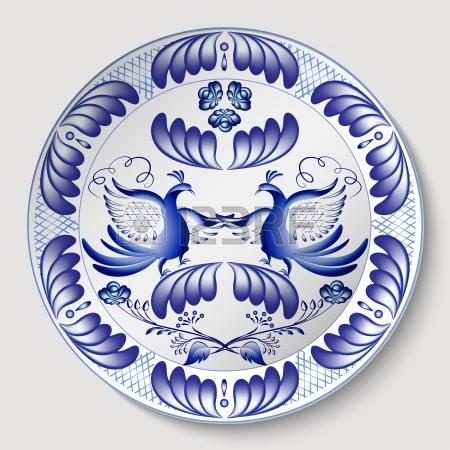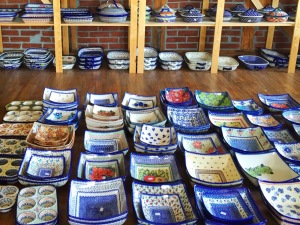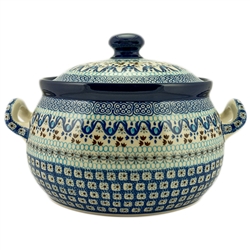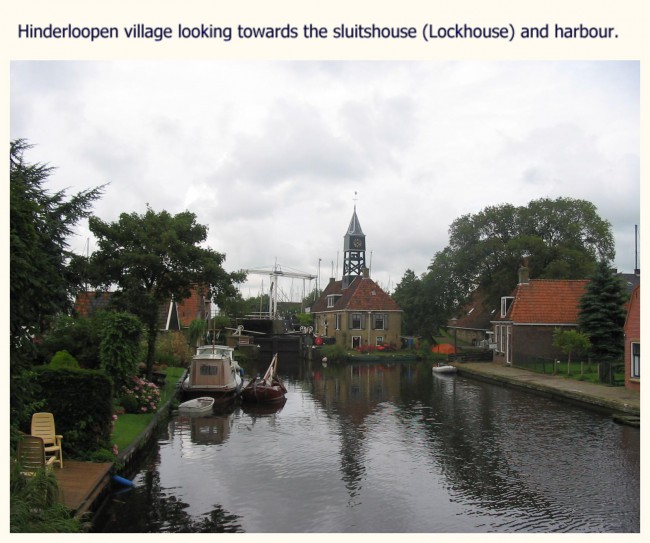
Unless you are lucky enough to sail directly into the harbour, it may take several hours and more than a few changes of trains to reach the tiny Dutch village of Hindeloopen in the Northern Netherland’s province of Friesland.

I alighted at the deserted railway station and felt a stab of disappointment as the town of Hindeloopen, itself, is not immediately visible from the railway station. To add to that, the only residents assigned to “meet and greet” tourists are some rather indulgent-looking cows! Not what I was expecting, at all.
After a twenty-minute walk carrying luggage with no wheels, (remember those times?), I reached the village of Hindeloopen proper and began a step back in time to the 16th Century, where Hanseatic traders plied cobblestone streets and canals; where ol’ salty Sea Captains built iconic homes with gabled facades and decorated their interiors with elaborate folk art motifs, peculiar to the area.

History of Hindeloopen and Hindelooper Folk Art, Friesland
Ever since the 13th Century, the moorings in the harbour at Hindeloopen provided Norwegian and other Hanseatic traders with a safe haven from the rough weather in the ZuiderZee. All these foreign influences were gradually absorbed into village culture in Hindeloopen. Even the language spoken in the village has more in common with dialects from the Scandinavian countries than it has with its own national Dutch language.
At an altitude of 1 metre below sea level, the village of Hindeloopen had often suffered economic setbacks from devastating floods and inundation from sea water until 1932 when the Afsluitdijk was constructed and the rough seas of the ZuiderZee were tamed at last.
Unfortunately, the closure of the Zuiderzee to the open sea also meant the rapid demise of maritime trade and this forced the citizens to search for an alternate means of income. The unemployed sailors soon discovered there was a market for the traditional wooden objects they’d painted during the times when the weather prevented them from going out to sea. The painted objects became known as Hindeloopen art.

Today, the visitor to Hindeloopen will see grassy dykes along the ZuiderZee, dotted with grazing sheep; a harbour bustling with tourists and luxury yachts and many colourful rowboats in Hindeloopen’s sleepy canals. In summer, the many gardens burst with lush hydrangea blooms and the various artists open their studios to showcase an amazing collection of painted wares.
Art Studios in Hindeloopen
Traditionally, the men of the village are the painters of Hindelooper folk art; the woman and wives merely operate the shopfront where the art is sold, so any questions I had on the technical aspects of painting during my visit went largely unanswered. On reflection, I thought this barrier might inadvertently protect the cottage industry from contemporary artistic influences and maintain its purist form.
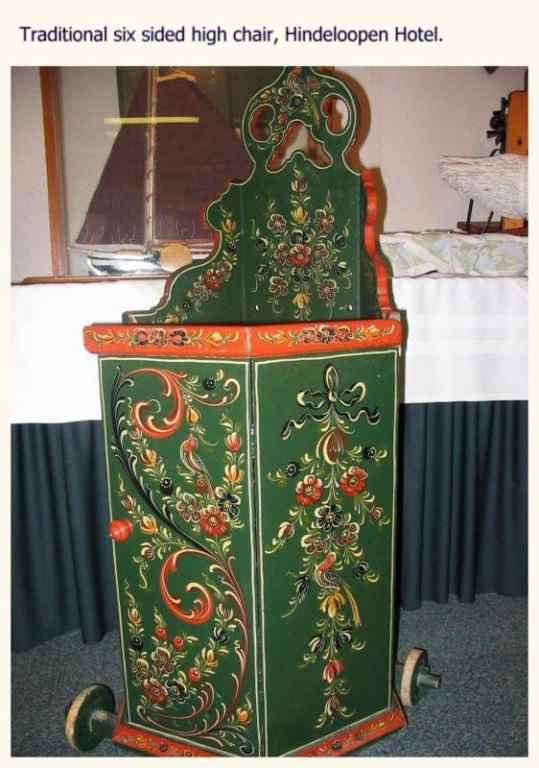
At the village’s only hotel, I found examples of Hindelooper folk art including a Spinning wheel, a six-sided High Chair and a Bridal suite complete with a “box-bed,” built into the wall. Furthermore, whilst dining at the nearby Pancake cafe, I noticed every chair and table, therein, was painted in Hindelooper florals by Gauke Bootsma, whose neighbouring studio is brimming with a stunning array of art.
Gauke Bootsma
The sheer quantity of works in Bootsma’s shop is absolutely overwhelming. Although his work is in a contemporary light and airy style called, ‘Basic Hindelooper’, the larger items of furniture and serving trays are decorated with a detailed panel depicting village scenes such as sailing boats, Hindeloopen Sluitshouse, (Lock House), or typical Dutch windmills.
The shop’s display is themed around the traditional background colours of Hindelooper ie: one room has pieces on stained timber; another has monochromatic white and blue designs, and still another has designs on green backgrounds, a feast for the eyes.

Whilst browsing the many cabinets, wine racks, gate-leg tables, milk cans and smaller items in this shop, I spotted the artist, (who was once destined for a career in seafaring like his Harbourmaster father), hard at work upstairs in his studio, producing yet another beautiful Hindelooper item. On seeing me looking at him working, he quietly closed the door to his workshop. The artists can sometimes be secretive about their techniques!
Harmen Zweed
Directly opposite the town’s Hotel, is the studio of Harmen Zweed who paints in the Classic style. There is a ‘must see’ door lavishly decorated with biblical motifs, fruit, detailed flowers and scrolls, all painted with translucency and an illusion of depth not seen in the Basic style. The six-sided traditional high chair gives the visitor a hint of what the Zweed’s kitchen must be like, which is painted completely in Hindelooper.

According to Jenny, (the painter’s wife), who operates the Zweed shop, there are ten colours traditionally used in Hindelooper painting, with the predominant floral motifs being the Dogrose, Starflower and Carnation, but tulips may sometimes be used.
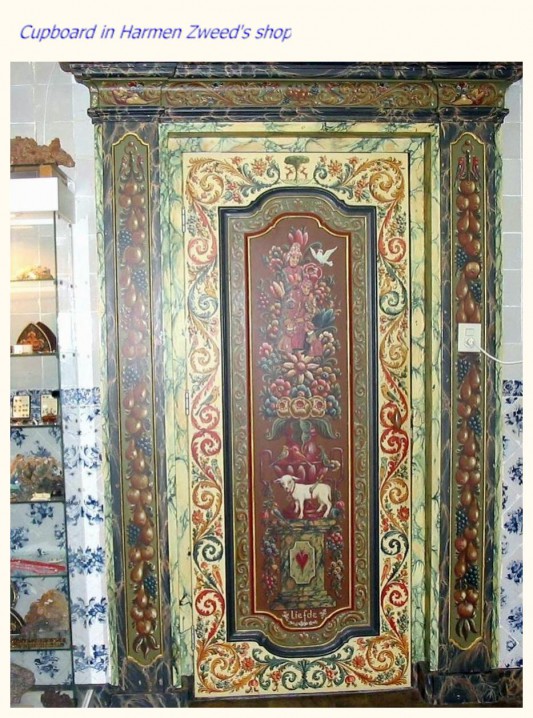
You will find several other painting studios in Hindeloopen such as Iekoon and Meine Visser’s shop. Het Roosje’s studio, established in 1894, is almost a museum in itself and contains expertly painted stair-stools for alcove wall-beds, furniture and specialist woodcarving.
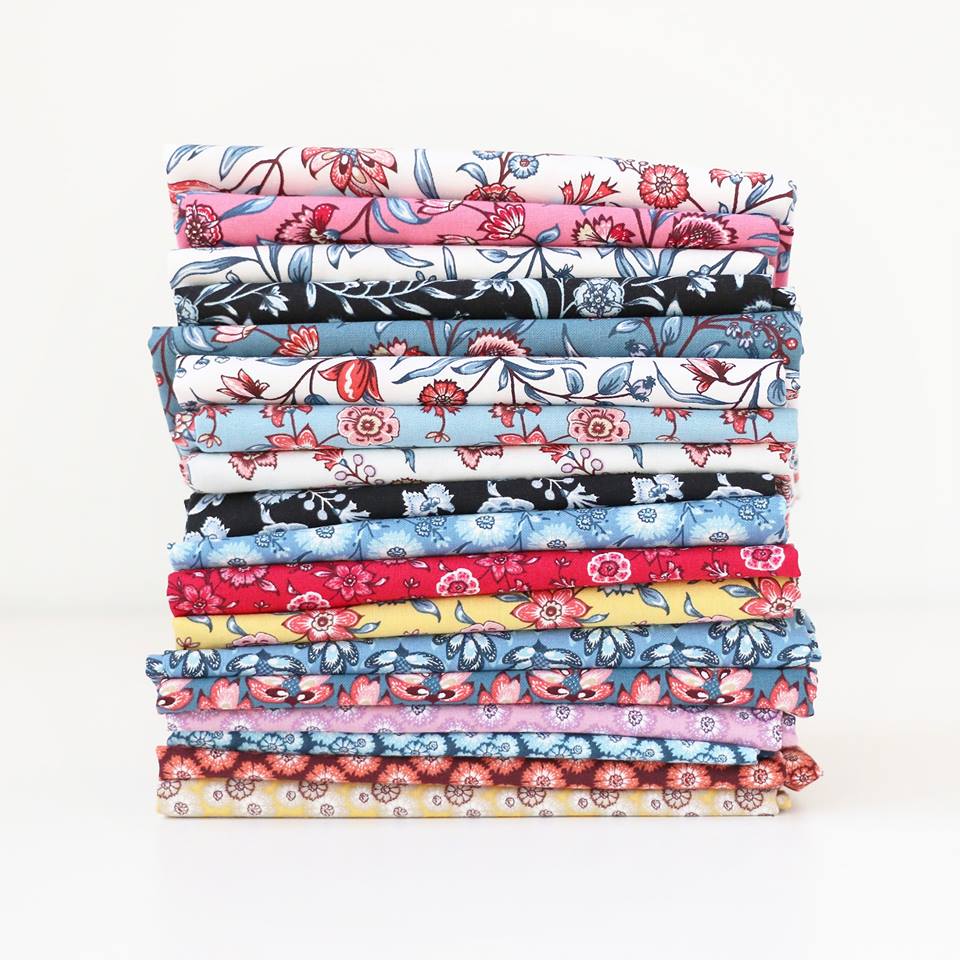
Harmen Glashower’s stunning painting is impressively detailed, but his shop is open only upon request, although I did find him working in the nearby Dutch Fabric shop. The shop stocks the traditional chintz fabrics used in the Hindeloopen folk costumes, and has a photographic catalogue of Glashower’s painted work available for browsing.

HISTORIC FOLK ART in MUSEUMS
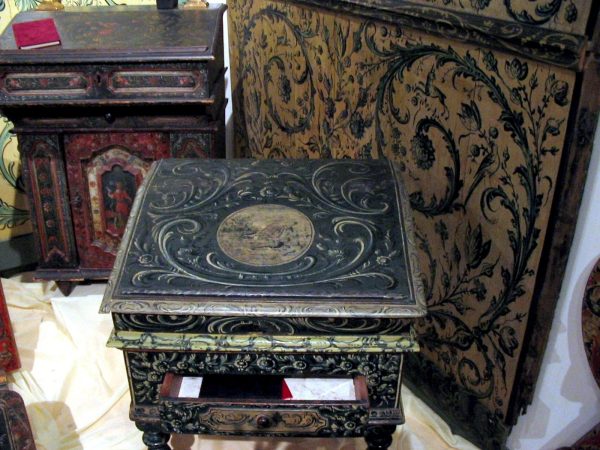
The Museum Hidde Nijland Foundation located in the Town Hall (circa 1683), is the place to view Hindeloopen’s painting heritage. Not only is there an enthralling collection of colourful tines, bowls, and cupboards, but also furniture and staircases for wall-beds, dating back to the 17th and 18th Centuries.

My personal favourite was a wall panel in blue on a white background, with bird and floral motifs. I noted a faux marble finish was often incorporated into the rim or side of an object. The display of traditional and brightly coloured folk costumes and Dutch tiles are inspirational in colour and design.
Would you like to know more about Traditional forms of art in Hindeloopen? Check out these links.
Glashouwer Hindeloopen – in Dutch




